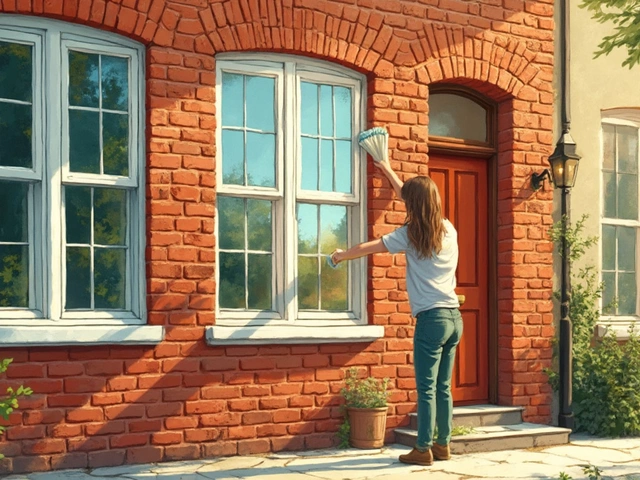Landlord Requirements: What Every Isle of Wight Landlord Must Know
When dealing with landlord requirements, the legal and practical duties that property owners must meet. Also called rental obligations, they shape how you manage costs, safety and tenant relations. One core piece is wear and tear expenses, the budget line for normal depreciation of fixtures and fittings, which directly ties into HMRC regulations, the tax rules that define what you can claim and how to report it. Understanding that landlord requirements encompass these financial rules helps you avoid costly mistakes and keeps your rental business compliant.
Key Areas Covered by Landlord Requirements
Beyond finances, property maintenance, regular upkeep of roofs, windows, plumbing and external surfaces is a non‑negotiable duty. Proper maintenance not only protects your investment but also reduces the risk of disputes with tenants. Speaking of tenants, tenant safety, ensuring fire alarms, gas safety checks and secure entry points meet legal standards is another pillar of landlord responsibilities. When you keep the building safe, you meet legal mandates and boost tenant satisfaction, which in turn supports steady rental income.
All of these pieces—financial claims, tax compliance, regular upkeep and safety checks—are interlinked. A solid grasp of each area gives you a clear roadmap for meeting your landlord requirements without surprise penalties. Below, you’ll find a curated list of articles that break down the details, from DIY cleaning tricks that protect your windows to the nitty‑gritty of wear and tear accounting, giving you practical steps to stay on top of every obligation.





